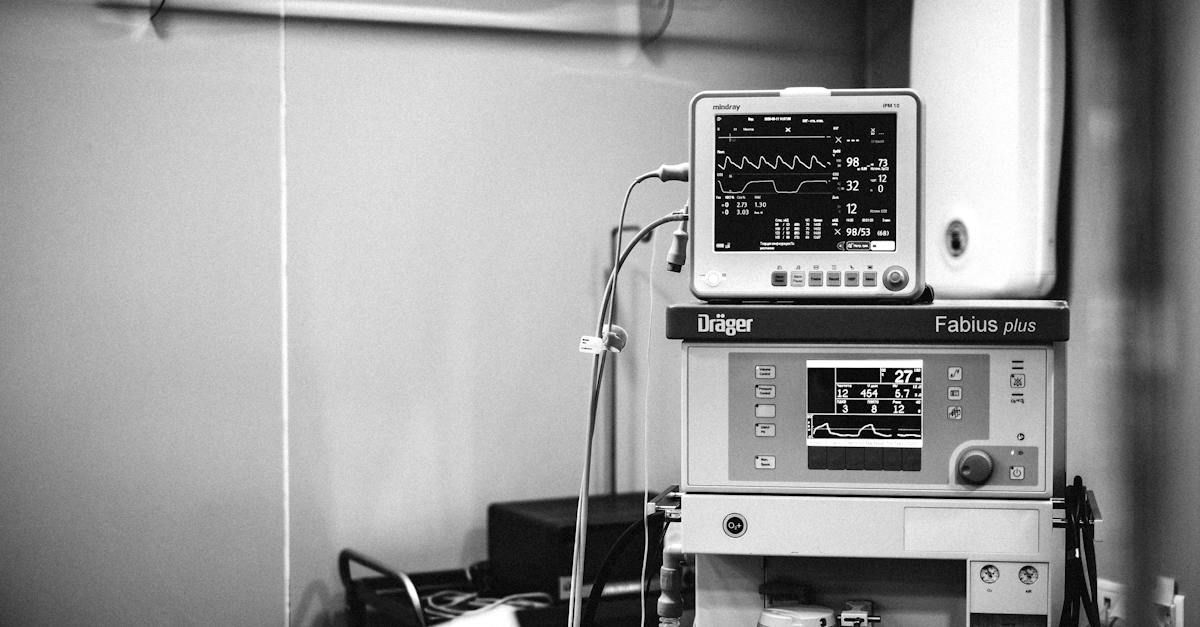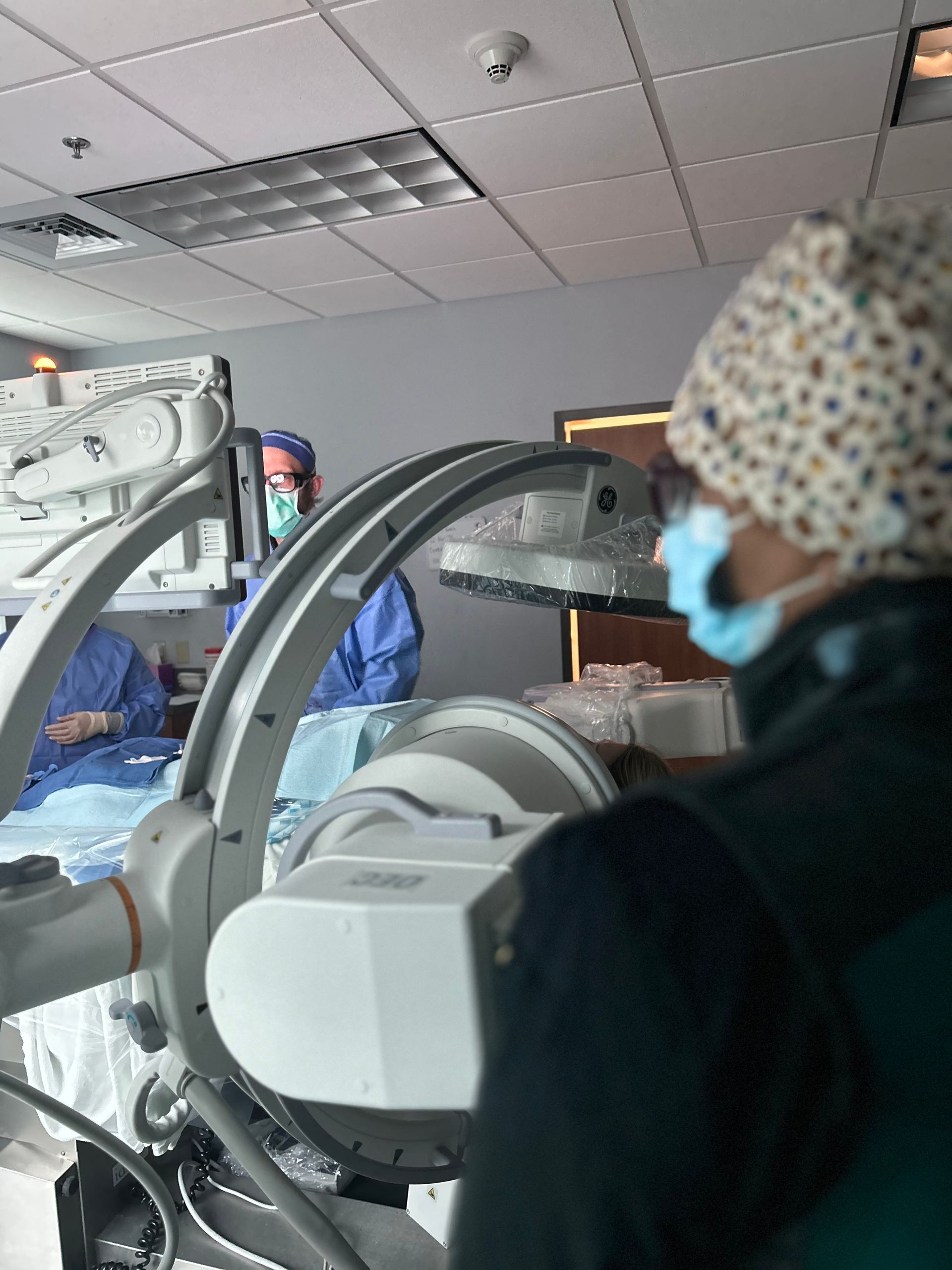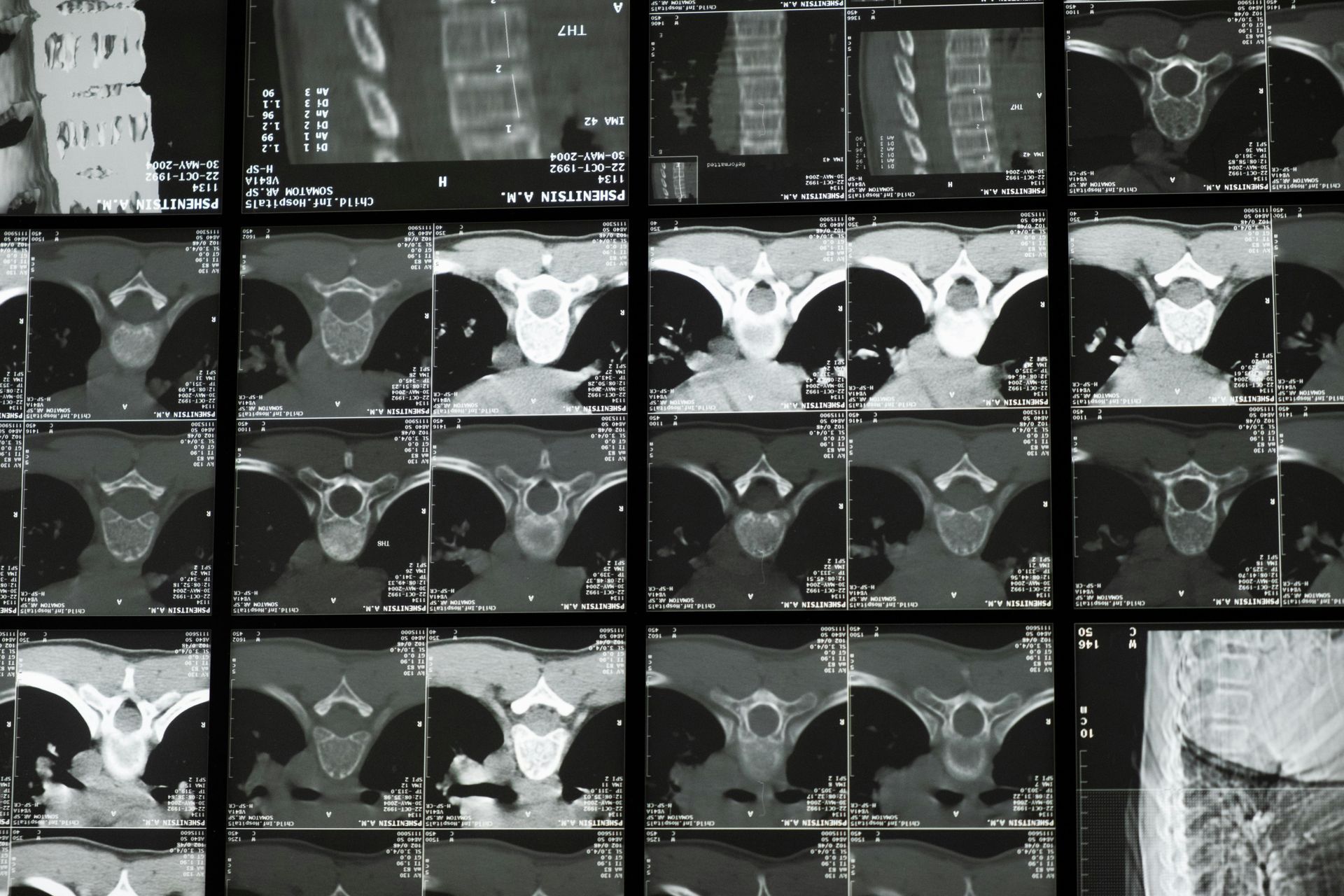Different Levels of Anesthesia
Understanding the Different Levels of Anesthesia: What You Need to Know

When it comes to medical procedures, knowing your anesthesia options can bring peace of mind. Anesthesia ranges in intensity, designed to ensure patient comfort and safety, from mild numbing for minor procedures to deep unconsciousness for major surgeries. Each option has unique benefits, and sometimes the addition of supplemental methods, like ProNox, can further enhance comfort. Here’s a breakdown of the various anesthesia levels, including ProNox, to give you a clear understanding of what each entails.
1. Local Anesthesia
Local anesthesia numbs a specific, small area of the body and is typically used for minor, localized procedures. Patients remain fully awake and aware, with minimal downtime and a quick return to normal activities.
- How it Works: Injected directly into the targeted area or applied topically, the anesthetic prevents pain in the specific region.
- Common Uses: Dental work, mole removal, minor procedures, and biopsies.
- Recovery: Sensation returns in a few hours, allowing patients to resume daily activities quickly.
2. ProNox (Nitrous Oxide/Oxygen System)
ProNox is a patient-administered, mild sedative that combines a 50/50 mix of oxygen and nitrous oxide to provide quick relief from anxiety and discomfort. ProNox can be used in combination with other types of anesthesia for additional relaxation, making it popular for those who want to remain aware but feel at ease. Since ProNox is inhaled, patients feel the effects almost instantly and can control when to use it during the procedure.
- How it Works: Patients self-administer the gas through a mouthpiece, inhaling when they need additional relief from pain or anxiety. The effects wear off in minutes, so patients can safely drive afterward.
- Common Uses: Minor cosmetic procedures, injections, and quick treatments.
- Cost: ProNox is not covered by insurance and costs $100 per session.
- Recovery: Effects wear off within minutes, so patients can resume their day immediately after treatment.
3. Conscious Sedation or Minimal Sedation
Known as “twilight” sedation, conscious sedation keeps patients calm and drowsy but still able to respond to instructions. This level of sedation is mild and does not induce complete unconsciousness.
- How it Works: A sedative is administered, often through an IV, to relax the patient. This allows for a calm and comfortable experience.
- Common Uses: Minor surgical procedures, endoscopies, colonoscopies, and dental extractions.
- Recovery: Recovery is generally quick, though patients may feel groggy for a few hours and should have someone accompany them home.
4. Moderate Sedation
Moderate sedation is a step up from conscious sedation, allowing for a deeper state of relaxation where patients may remember less of the procedure. This type of sedation also allows for minor procedures without the patient being fully aware.
- How it Works: Similar to minimal sedation but with a stronger dose, moderate sedation may be administered via IV or inhalation, allowing patients to “sleep” lightly.
- Common Uses: Certain diagnostic tests, cosmetic surgeries, and more extensive dental procedures.
- Recovery: Patients need a few hours to recover fully and must arrange for transportation home.
5. Deep Sedation
Deep sedation is often used for more extensive procedures, where patients are nearly or fully unconscious and less aware of their surroundings. Under deep sedation, patients may require assistance with breathing.
- How it Works: Stronger sedatives are administered to bring the patient to a state of deep relaxation or near unconsciousness.
- Common Uses: Some outpatient surgeries, dental procedures, and lengthy diagnostics.
- Recovery: Patients take longer to wake up and feel alert, and they need someone to drive them home.
6. General Anesthesia
General anesthesia induces complete unconsciousness, typically required for major surgeries. Patients under general anesthesia will be unaware of the procedure and will require assisted breathing and close monitoring by an anesthesiologist.
- How it Works: Administered via IV or inhalation, general anesthesia blocks sensation and awareness, allowing for extensive procedures without any patient awareness or pain.
- Common Uses: Major surgeries like joint replacements, abdominal surgeries, and heart procedures.
- Recovery: Patients will need several hours to fully recover and may experience grogginess and disorientation initially.
Choosing the Right Anesthesia Level for You
Each anesthesia level is tailored to meet the patient’s specific needs and the demands of the procedure. For those seeking additional comfort without full sedation, ProNox offers a versatile option, particularly for patients undergoing cosmetic or minor procedures. It’s a helpful addition, though it’s not covered by insurance and costs $100 per session.
Working closely with your healthcare provider, you can decide on the best anesthesia option to ensure a safe, comfortable experience with a level of sedation that suits your needs.












